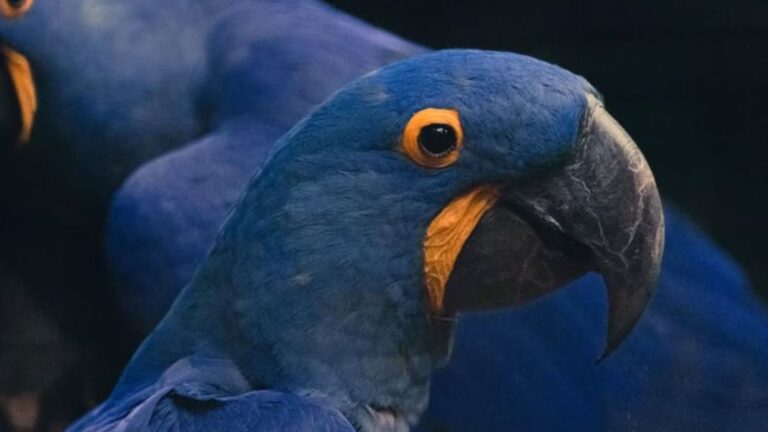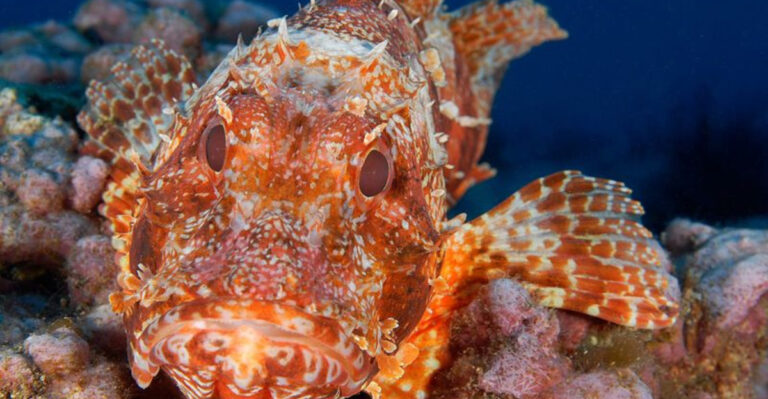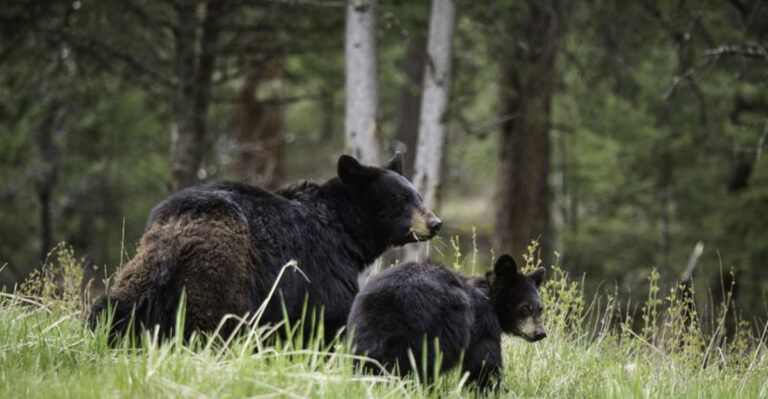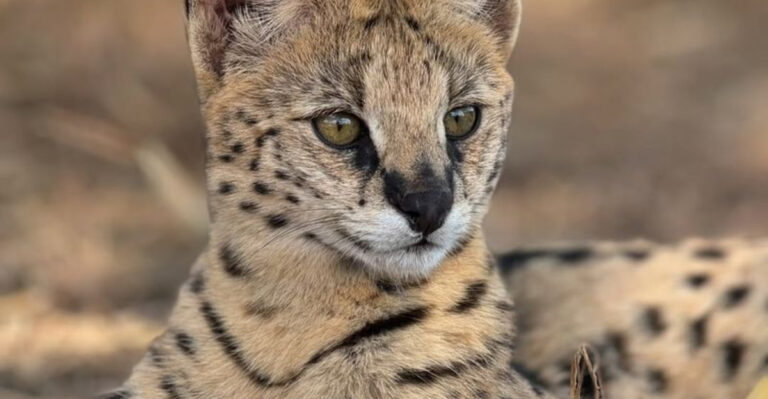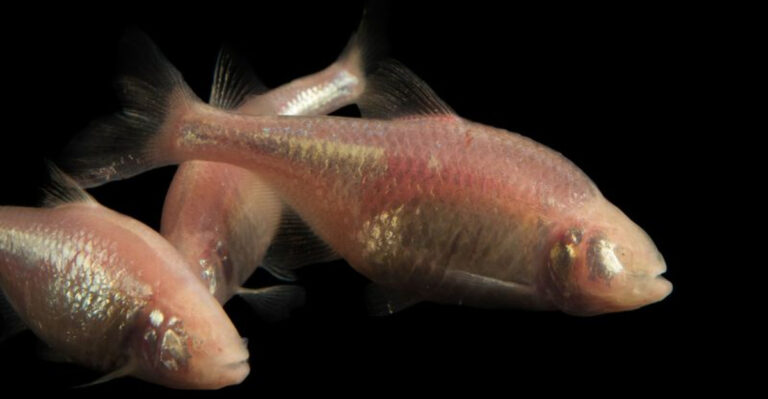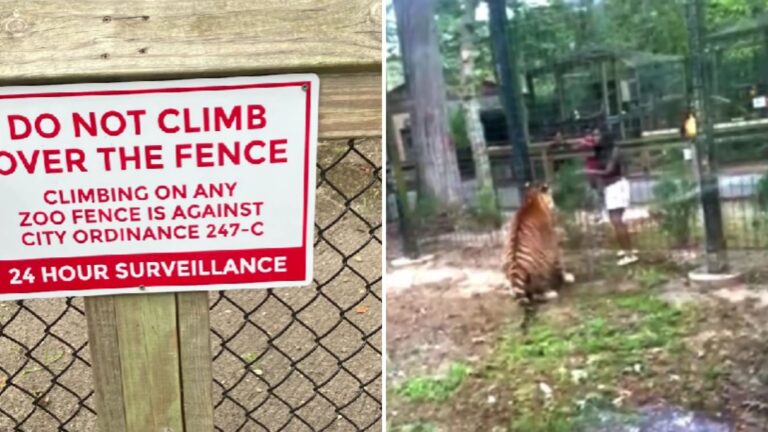14 Surprising Reasons Animals Rub Against Objects
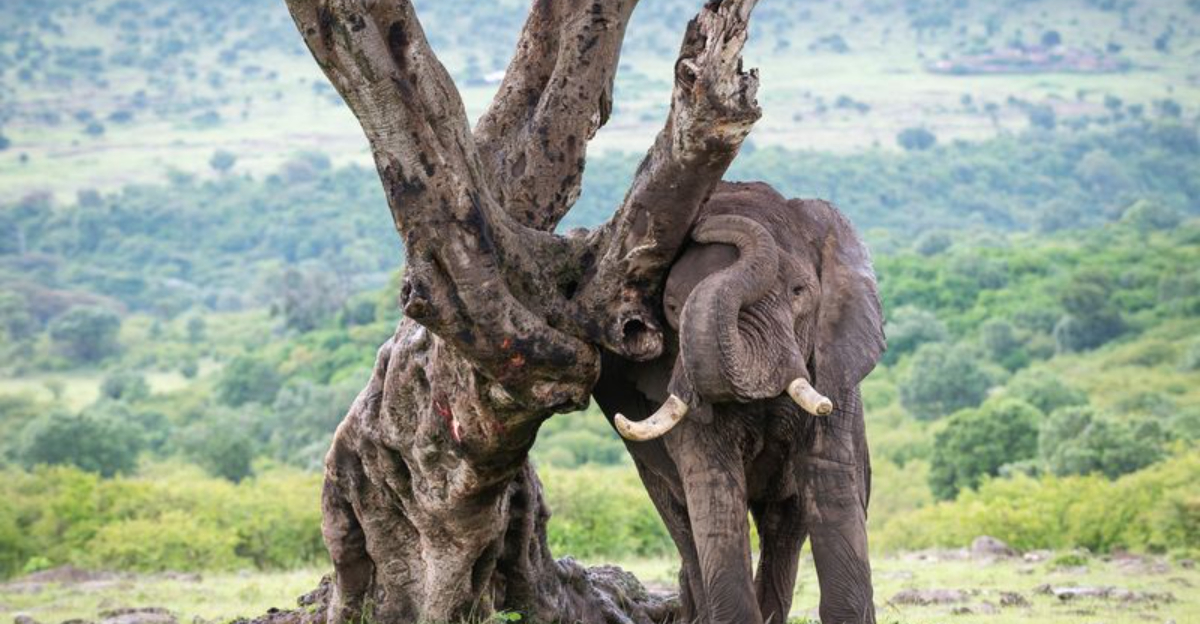
Have you ever wondered why animals love to rub up against things? From furniture to your legs, there’s a surprising array of reasons behind this seemingly ordinary behavior.
Let’s explore these quirky motivations, and who knows, you might just find yourself looking at your furry friends in a whole new light!
1. Cats Marking Territory
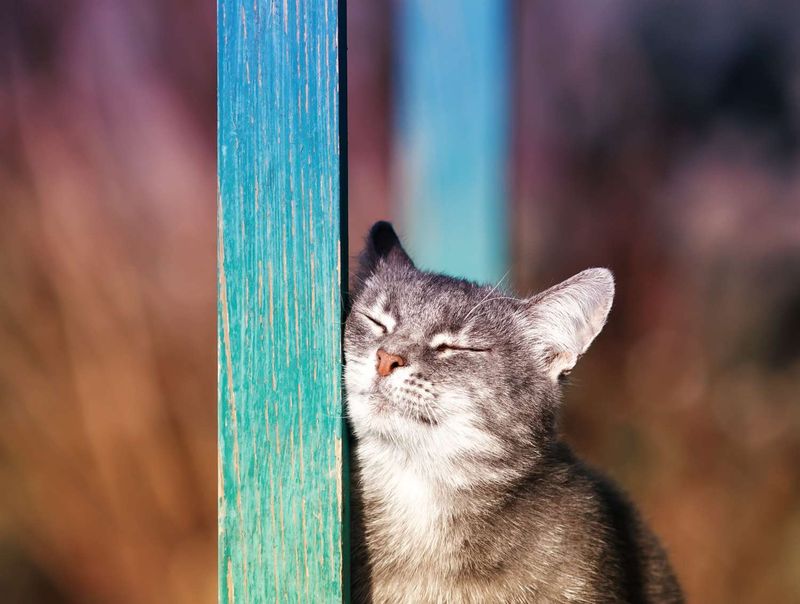
Cats often rub against objects to mark their territory. With scent glands located around their face, they leave a pheromone-laden signature. This behavior reassures them and communicates to other cats, “This is my space!”.
Ever notice them doing it to your legs too? They’re claiming you as part of their domain! It’s a subtle, yet affectionate way of bonding, signaling comfort and ownership.
2. Elephants Scratching Itches

Elephants, with their massive bodies and thick skin, often need a good scratch. They ingeniously use tree trunks, rocks, or even termite mounds to relieve those persistent itches.
This behavior is not just practical but also a form of social interaction. Young elephants often mimic older ones, learning the best spots and techniques for a satisfying scratch. It’s both a relief and a bonding experience!
3. Dogs Seeking Attention

Dogs may roll and rub their backs on carpets or grass to grab attention. It’s a playful, slightly cheeky way to say, “Look at me!”
This behavior can also be a means of self-soothing, especially in new or stressful environments. When they include you in the action, it’s their way of drawing you into their world, inviting you to play or comfort them.
4. Horses Scraping Off Dirt
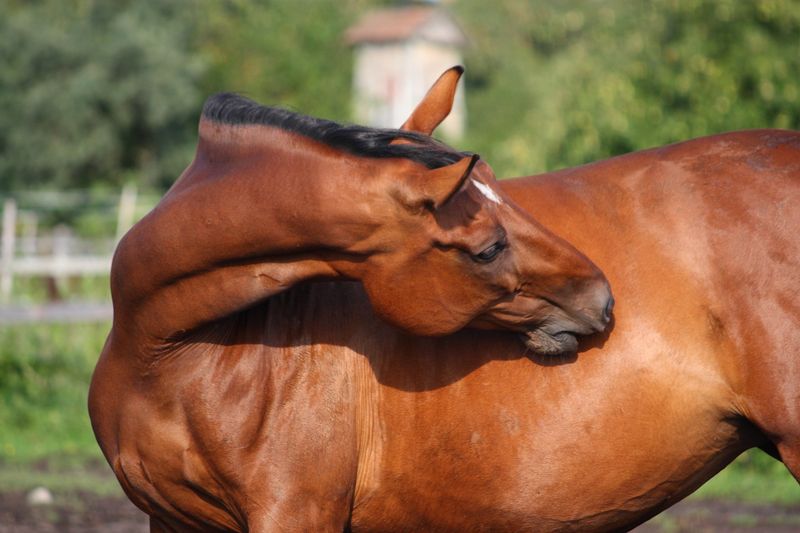
After a ride or a roll in the mud, horses often rub against fences or trees to scrape off dirt and sweat. It’s their natural way of grooming when a brush isn’t available.
This behavior is also about comfort, especially in hot weather. By removing dried sweat and dirt, they can cool down more effectively. And who doesn’t love a good clean-up?
5. Cows Engaging In Social Bonding
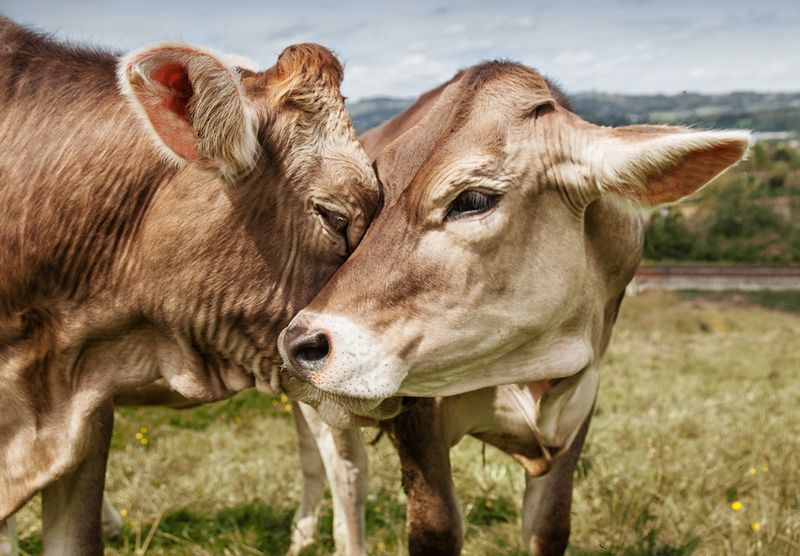
Cows engage in mutual grooming and rubbing to strengthen social bonds within the herd. This affectionate behavior helps maintain harmony and social structure.
By rubbing against each other, they also help keep each other clean and free of parasites. It’s like a friendly spa day, enhancing their well-being and group cohesion.
6. Bears Marking Territory With Scent

Bears use trees as scent posts, rubbing their backs to leave their unique scent from glands located near their shoulders. This marking of territory communicates to other bears, signaling their presence and dominance.
It’s a vital part of their social interaction, especially during mating season. The marks and scents can tell stories of who’s been around and who’s the top bear in the area!
7. Rabbits Claiming Ownership
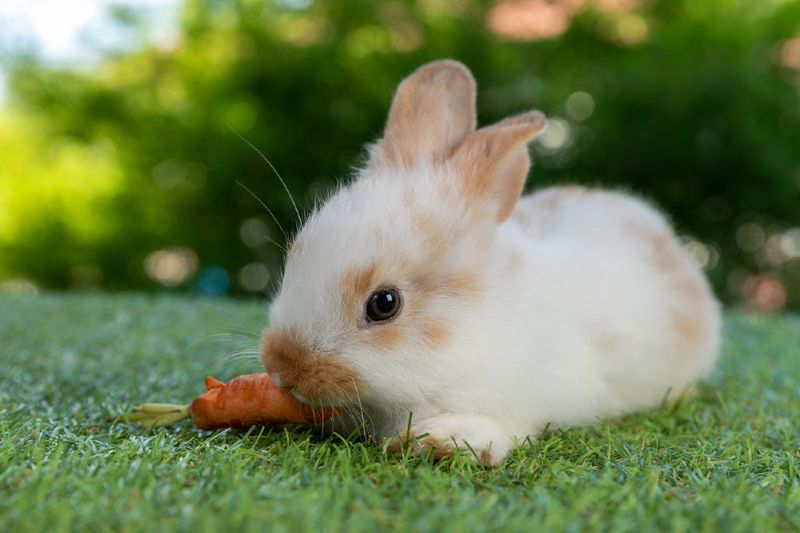
With scent glands under their chins, rabbits rub objects to mark what they consider theirs. It’s their subtle way of claiming ownership, a simple yet fascinating behavior.
This act is a form of communication to other rabbits, signaling, “This is mine, stay away!”. It’s an essential part of their interaction, ensuring everyone knows their place in the social hierarchy.
8. Monkeys Comforting Each Other

Monkeys often rub each other to provide comfort and strengthen social bonds. This grooming behavior is crucial for maintaining peace within the group.
It not only soothes and relaxes but also reinforces friendships and alliances. Such affectionate gestures can also aid in stress relief, showcasing the deep social intelligence of these primates.
9. Deer Scraping Velvet From Antlers
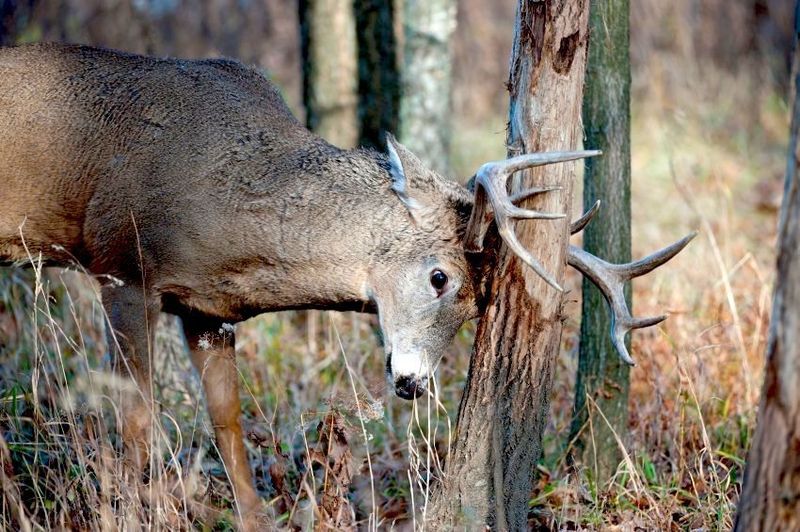
In late summer, male deer rub their antlers against trees to remove the velvet covering. This act is part of their preparation for the mating season, making them look more formidable.
The rubbing also strengthens their neck muscles. It’s a mix of necessity and nature’s grooming, ensuring they are ready to compete and impress potential mates.
10. Sheep Itching Wool
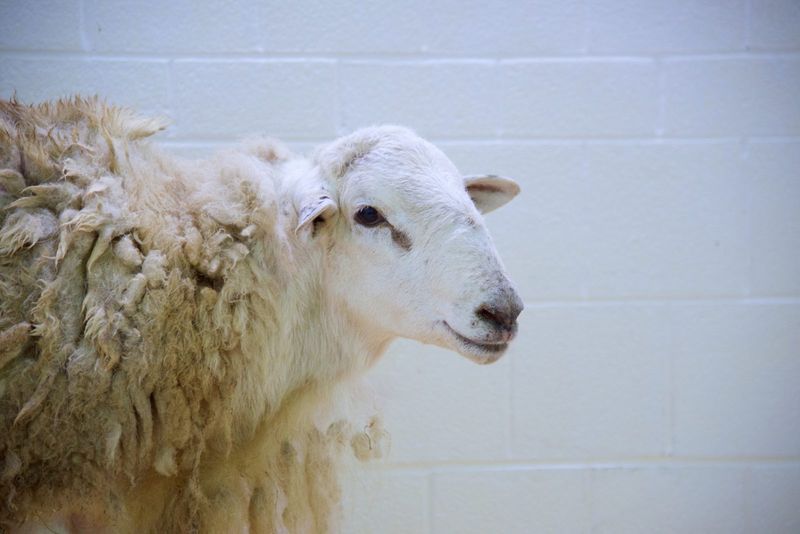
Sheep often rub against fences or walls to relieve itches caused by their thick wool. This behavior is a form of self-care, ensuring they remain comfortable and free from irritation.
During molting season, rubbing becomes even more frequent as they shed old wool. It’s an essential part of their grooming routine, ensuring well-being and comfort in the flock.
11. Lions Marking Territory
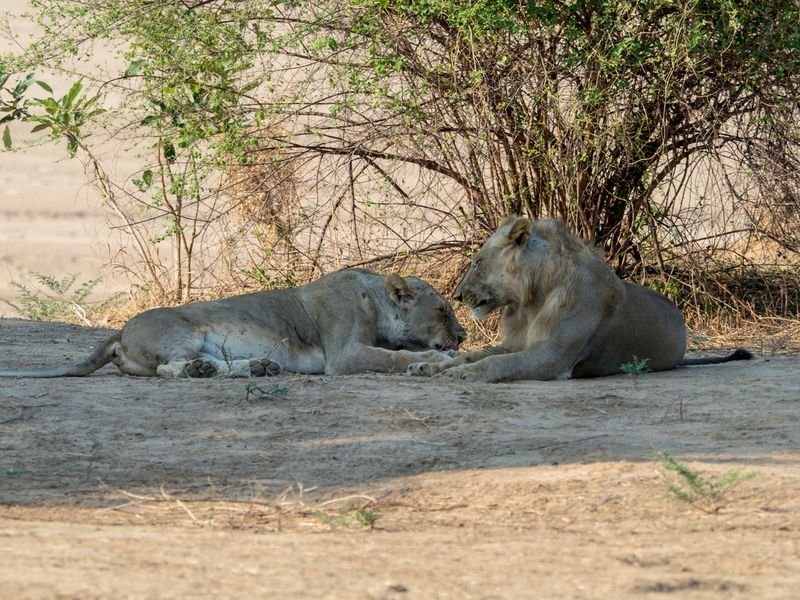
Lions rub their faces or bodies against bushes to mark territory with their scent glands. This behavior communicates ownership of an area to other lions and potential rivals.
Such markings play a crucial role during mating season, drawing boundaries and attracting potential mates. With each rub, they lay claim to their kingdom, a silent yet powerful declaration of strength.
12. Giraffes Scratching With Necks
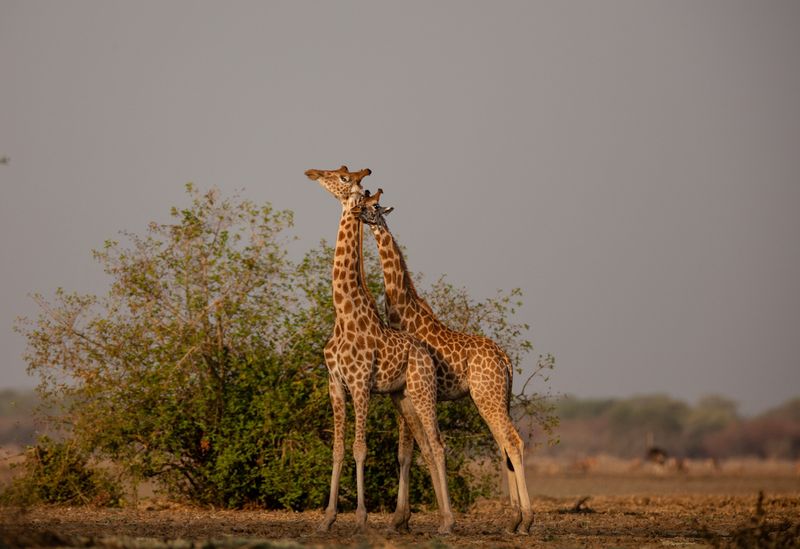
Giraffes use their long necks to rub against tree branches, relieving itches that even their long tongues can’t reach. This behavior is both practical and amusing to watch.
They often find the perfect tree to lean against, giving themselves a satisfying scratch that aids in comfort and hygiene. It’s a quirky yet essential part of their daily routine, ensuring they stay itch-free.
13. Squirrels Cleaning Fur

Squirrels are known for their playful rubbing antics, using rough surfaces to clean and fluff their fur. This ensures they remain agile and comfortable as they scurry about.
The rubbing also helps in spreading their natural oils, enhancing fur condition. It’s a curious mix of cleanliness and playfulness, showcasing their lively nature and constant need for grooming.
14. Penguins Engaging In Courtship

Penguins often rub beaks as a part of courtship rituals, a gentle and affectionate act that strengthens pair bonds.
This behavior is not just about romance; it’s a critical step in their social interactions, ensuring cooperation and harmony within the colony. Through these tender gestures, they maintain strong partnerships crucial for survival in harsh environments.

